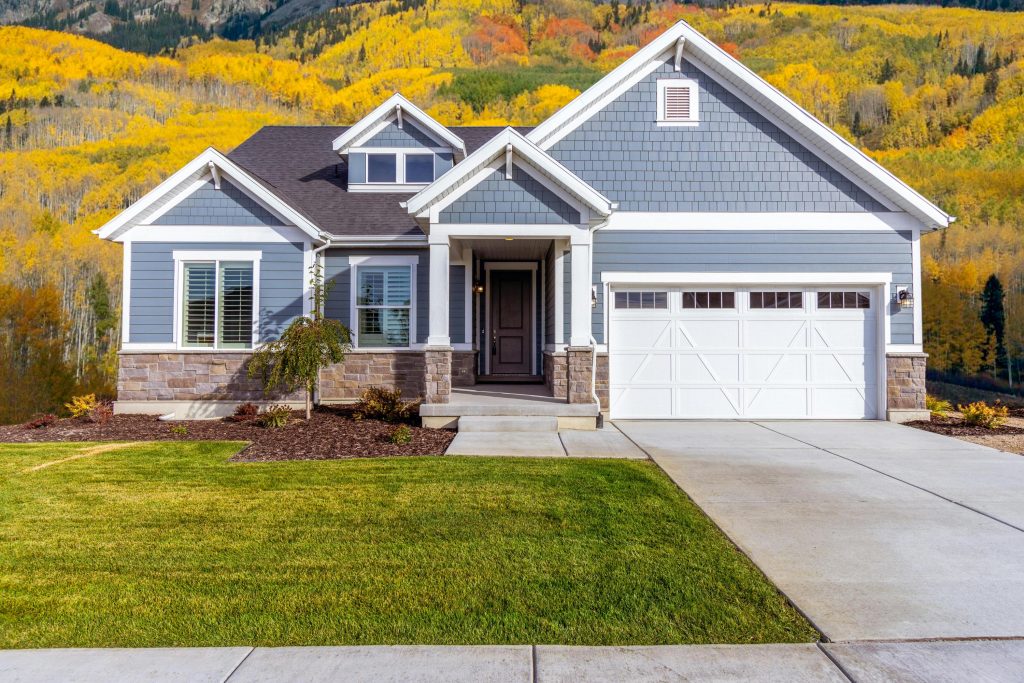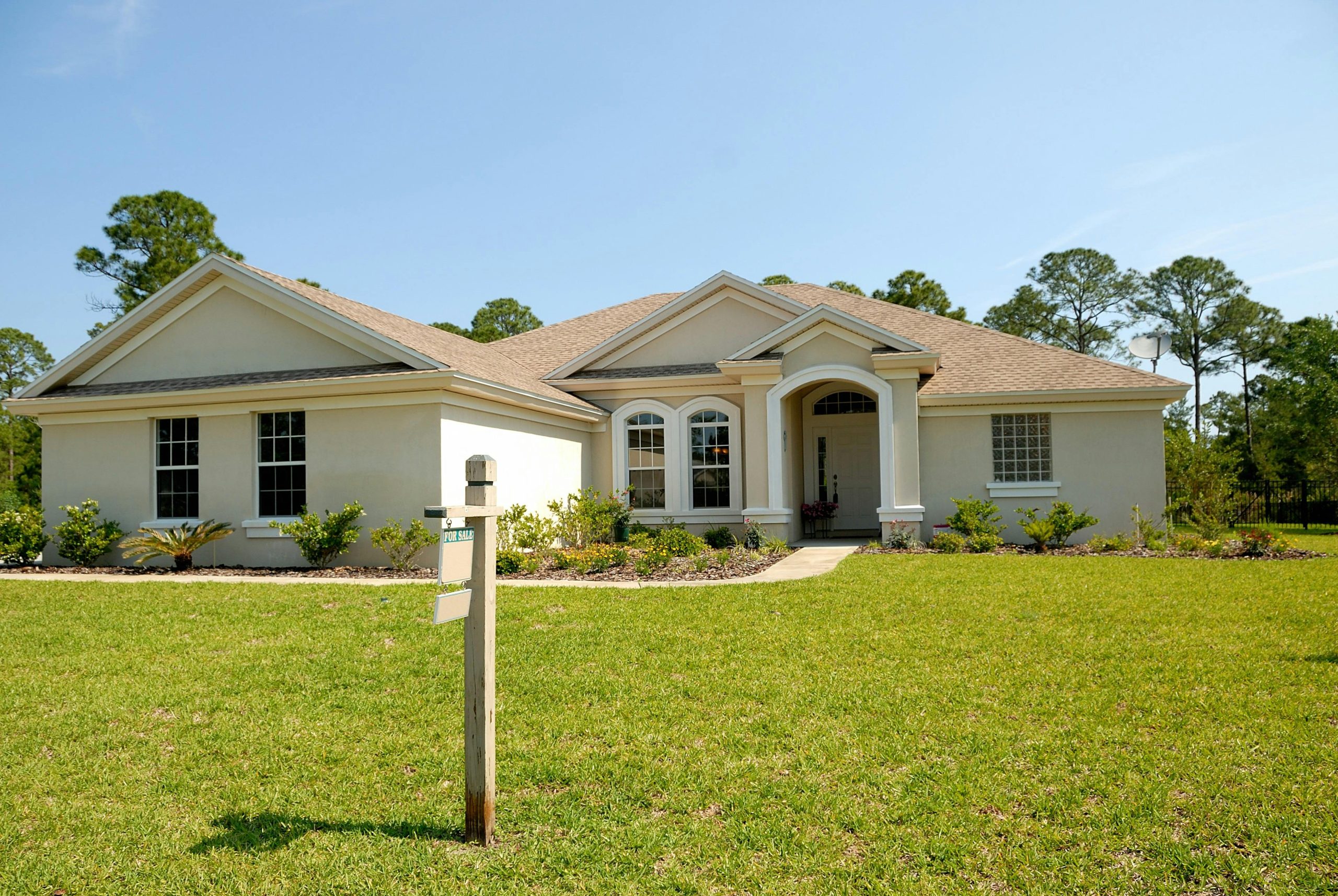Curb appeal is the term used to describe the attractiveness of your property as seen from the street. Whether you’re preparing to sell your home or simply want to create a more inviting environment, enhancing your curb appeal through landscaping is one of the most effective strategies. Curb appeal not only adds value to your property but also reflects your personal style and the care you take in maintaining your home. This comprehensive guide will explore various landscaping techniques, tips, and ideas to elevate your home’s exterior and make a lasting impression.
Understanding Curb Appeal
Curb appeal encompasses various elements of your home’s exterior, including the landscaping, paint color, architectural style, and even the condition of your driveway and walkways. It’s the first impression potential buyers or visitors will have of your property, making it essential to create a welcoming and visually appealing landscape.
Why Is Curb Appeal Important?
- Increased Property Value: Homes with strong curb appeal often command higher prices on the market. Landscaping can significantly increase the perceived value of your home.
- Attracts Potential Buyers: If you’re selling your home, enhancing your curb appeal can attract more buyers and lead to quicker sales.
- Reflects Homeowner Pride: A well-maintained landscape showcases your pride in ownership and contributes to the overall aesthetics of your neighborhood.
- Improves Quality of Life: An inviting outdoor space can enhance your enjoyment of your home and encourage outdoor activities.
- Creates a Welcoming Atmosphere: A beautiful landscape can set the tone for a warm and inviting environment for you, your family, and your guests.
Key Elements of Curb Appeal Landscaping

When planning your curb appeal landscaping project, consider these essential elements:
1. Lawn Care
The lawn is often the first thing people notice when they approach your home. A lush, green lawn can significantly enhance your property’s curb appeal.
- Mowing: Regularly mow your lawn to maintain a neat appearance. Aim for a height of around 2.5 to 3 inches to encourage healthy growth.
- Fertilizing: Use a suitable fertilizer to nourish your grass and promote a vibrant green color. Test your soil to determine the right type and amount of fertilizer.
- Weed Control: Regularly remove weeds to keep your lawn looking tidy. Consider using organic options to maintain a healthy environment.
- Watering: Ensure your lawn receives adequate water, especially during dry periods. Early morning is the best time to water to minimize evaporation.
2. Flower Beds
Flower beds can add color, texture, and visual interest to your landscaping. Here are some tips for creating beautiful flower beds:
- Choose the Right Plants: Select flowers that thrive in your climate and soil conditions. Consider seasonal blooms for year-round interest.
- Layering: Plant taller flowers in the back and shorter ones in the front to create depth and dimension.
- Mulching: Use mulch to suppress weeds, retain moisture, and improve the overall appearance of your flower beds.
- Color Coordination: Choose colors that complement your home’s exterior and create a cohesive look.
3. Shrubs and Hedges
Shrubs and hedges can provide structure and privacy while enhancing the overall landscape design.
- Selection: Choose varieties that suit your climate and growth habits. Consider evergreen shrubs for year-round foliage.
- Pruning: Regularly prune shrubs to maintain their shape and prevent overgrowth.
- Placement: Use shrubs to frame your home, create borders along walkways, or provide privacy in outdoor living spaces.
4. Hardscaping Elements
Hardscaping refers to the non-plant elements of your landscape, such as walkways, patios, and retaining walls. Incorporating hardscaping can enhance your home’s functionality and aesthetic appeal.
- Walkways: Create inviting pathways leading to your front door using materials like stone, brick, or concrete pavers.
- Patios: Design an outdoor living area for relaxation or entertainment. Incorporate seating, tables, and decorative elements for added charm.
- Retaining Walls: Use retaining walls to create tiered garden beds or to prevent soil erosion. Choose materials that complement your home’s style.
5. Outdoor Lighting
Proper lighting can enhance the beauty of your landscaping and improve safety. Consider these options for outdoor lighting:
- Pathway Lights: Install solar or low-voltage lights along walkways to guide guests and create a welcoming ambiance.
- Accent Lighting: Use spotlights to highlight key features like trees, shrubs, or architectural elements of your home.
- String Lights: For a cozy atmosphere, consider hanging string lights on patios or pergolas.
6. Seasonal Decorations
Incorporating seasonal decorations can add personality and warmth to your landscape. Consider these ideas:
- Wreaths: Hang a festive wreath on your front door to welcome guests.
- Planters: Use decorative planters to showcase seasonal flowers or greenery.
- Holiday Decor: Embrace holiday-themed decorations that reflect your style while enhancing curb appeal.
Tips for Enhancing Curb Appeal
1. Paint the Front Door
A fresh coat of paint on your front door can make a significant impact. Choose a bold color that complements your home’s exterior and creates a focal point.
2. Maintain the Roof and Gutters
A clean roof and well-maintained gutters are crucial for curb appeal. Remove debris and consider cleaning or repairing any damaged areas.
3. Add Window Boxes
Window boxes filled with vibrant flowers or greenery can enhance the charm of your home. They draw attention to your windows and create a welcoming atmosphere.
4. Incorporate Decorative Elements
Add decorative elements such as garden statues, birdbaths, or unique planters to personalize your landscape and enhance its visual appeal.
5. Keep It Clean and Tidy
Regularly clean up leaves, debris, and clutter in your yard. A tidy landscape gives a well-cared-for impression and enhances overall curb appeal.
6. Invest in Quality Landscaping
If you’re unsure where to start, consider hiring a professional landscaping service. They can provide expert advice, design, and maintenance to elevate your curb appeal effectively.
Budgeting for Curb Appeal Landscaping
Before starting your landscaping project, it’s essential to establish a budget. Here are some factors to consider:
1. Assess Your Needs
Determine which elements of your landscaping need improvement. Prioritize areas that will have the most significant impact on curb appeal.
2. Research Costs
Research the costs associated with various landscaping elements. Gather quotes from local nurseries, landscapers, and contractors to understand the potential expenses.
3. DIY vs. Professional Help
Decide whether you want to tackle the project yourself or hire professionals. While DIY projects can save money, professional landscaping can provide better results and save time.
4. Plan for Maintenance
Consider ongoing maintenance costs, including lawn care, pruning, and seasonal changes. Factor these into your budget to ensure your landscape remains attractive over time.
Eco-Friendly Landscaping Tips
Incorporating eco-friendly practices into your curb appeal landscaping can enhance your home’s appeal while promoting sustainability.
1. Choose Native Plants
Native plants are adapted to your local climate and require less water and maintenance. They also support local wildlife and contribute to biodiversity.
2. Implement Xeriscaping
Xeriscaping involves designing landscapes that minimize water use. Incorporate drought-resistant plants, mulch, and efficient irrigation systems to conserve water.
3. Use Organic Practices
Opt for organic fertilizers and pest control methods to maintain a healthy landscape without harmful chemicals.
4. Install Rain Gardens
Rain gardens capture rainwater runoff and promote natural drainage. They can enhance your landscape while reducing erosion and pollution.
Maintaining Curb Appeal Throughout the Year
Curb appeal is not a one-time project; it requires ongoing maintenance. Here are tips for maintaining your landscape throughout the year:
1. Seasonal Clean-Up
Regularly clean up debris, leaves, and spent flowers to keep your landscape looking fresh. Seasonal clean-up is especially important in fall and spring.
2. Regular Pruning
Maintain the shape and health of your plants through regular pruning. Remove dead or diseased branches to encourage healthy growth.
3. Lawn Care Schedule
Create a lawn care schedule that includes mowing, fertilizing, and aerating to keep your lawn looking its best.
4. Seasonal Planting
Change your flower beds with the seasons to keep your landscape vibrant. Plant seasonal blooms for continuous color and interest.
5. Monitor for Pests and Diseases
Regularly inspect your plants for signs of pests or diseases. Early detection can prevent more significant problems down the line.
Conclusion
Curb appeal landscaping is a powerful way to enhance your home’s exterior, increase property value, and create a welcoming atmosphere. By focusing on key elements such as lawn care, flower beds, shrubs, hardscaping, and outdoor lighting, you can transform your landscape into a visually appealing space.
Whether you choose to tackle the project yourself or hire professionals, investing time and resources into your curb appeal will pay off in both enjoyment and potential resale value. Remember, the key to maintaining curb appeal is consistent care and attention throughout the year. Embrace your creativity, take pride in your home, and enjoy the beauty of a well-landscaped exterior.
